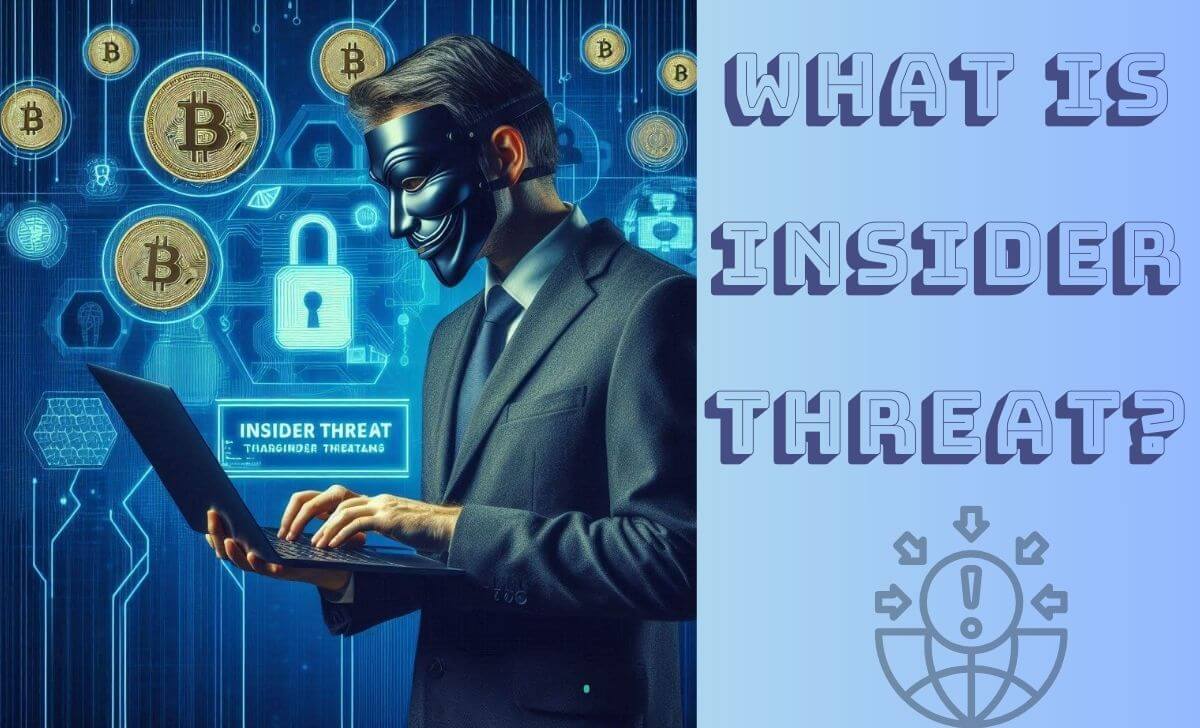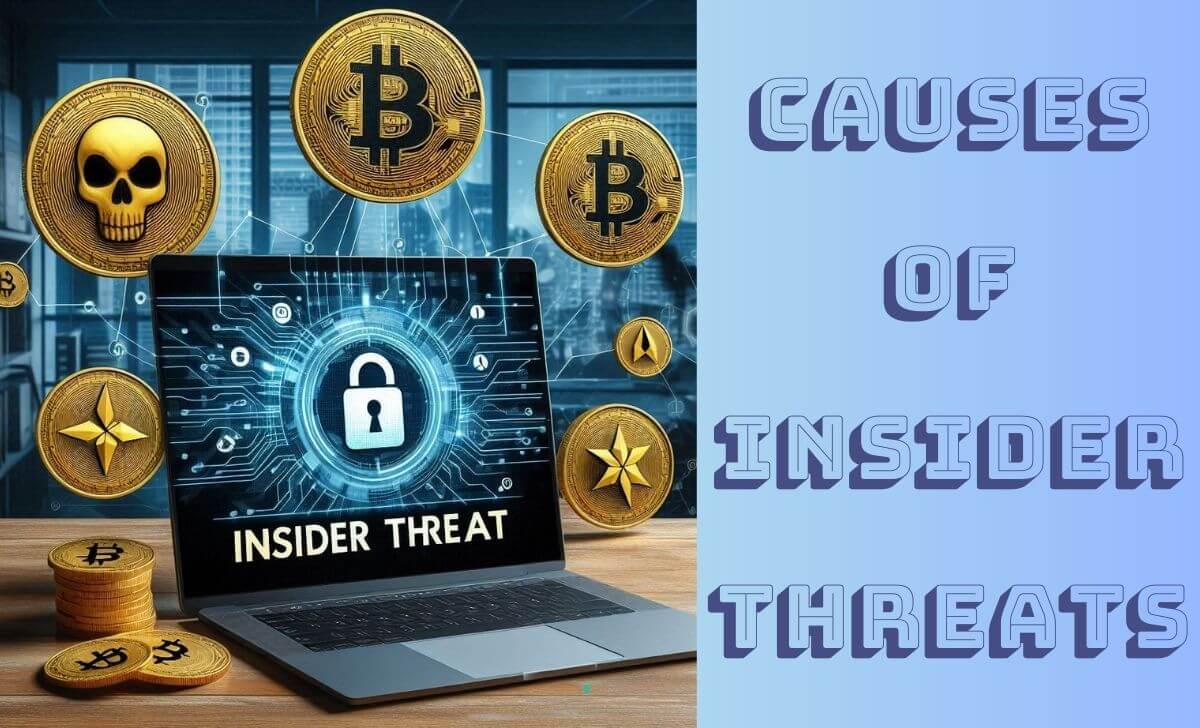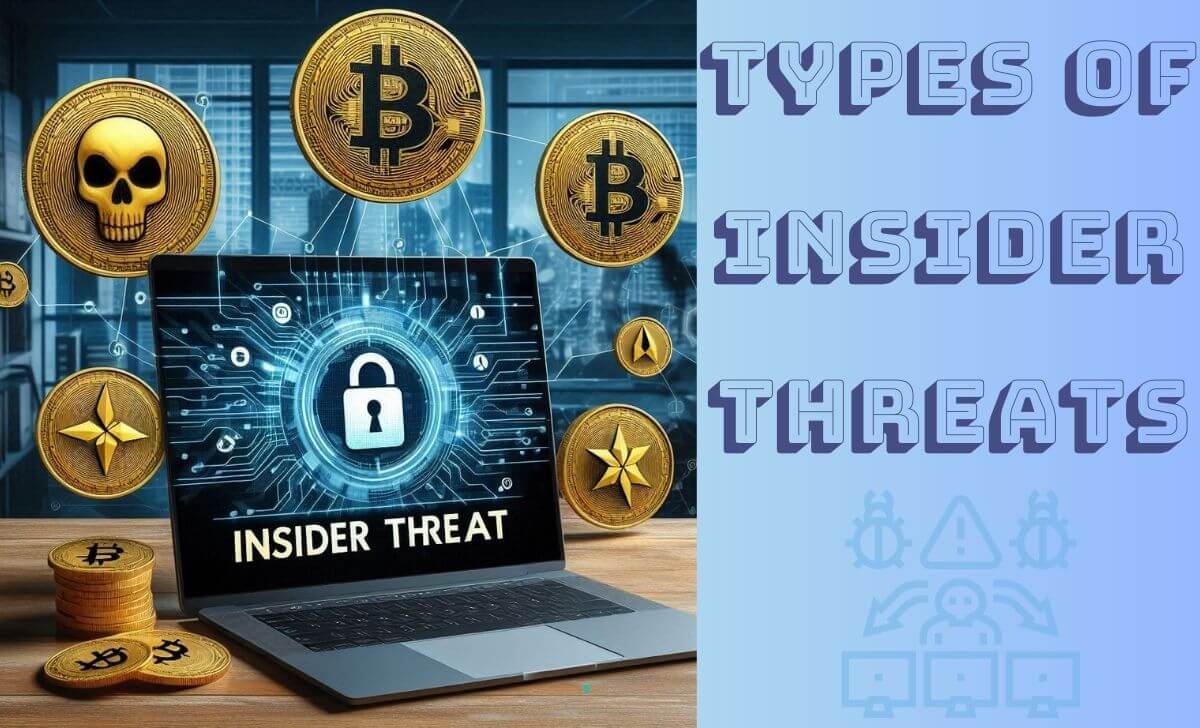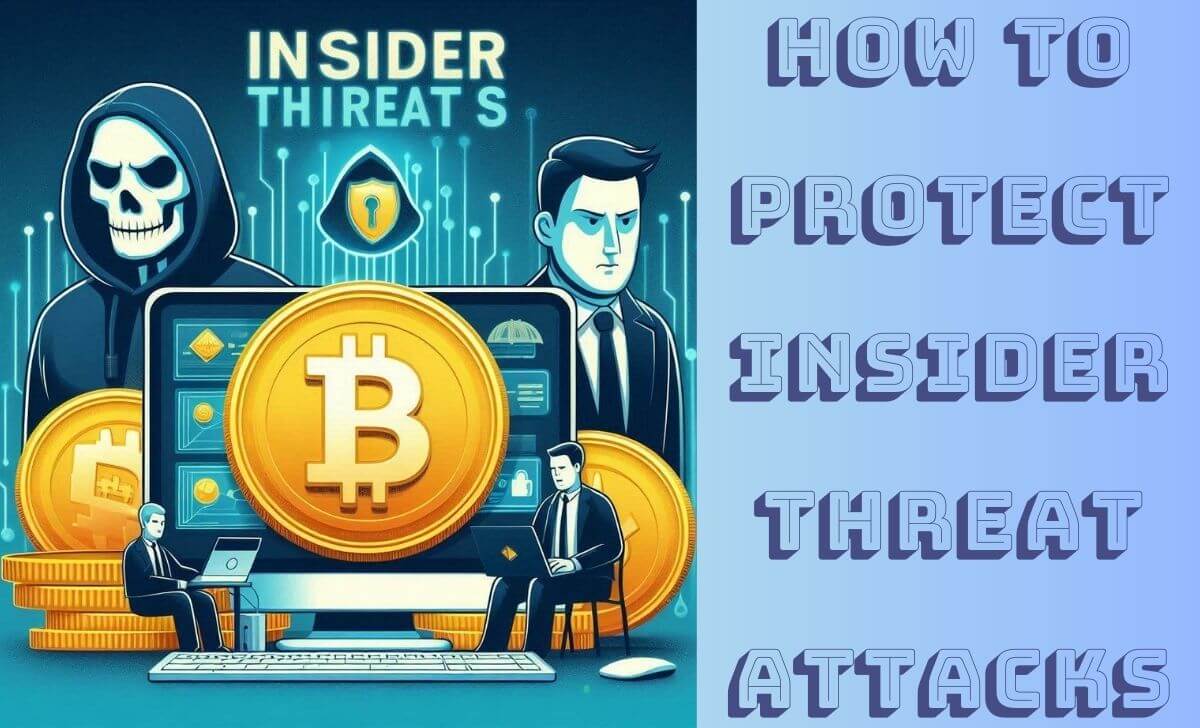Insider threat is a term that may sound unfamiliar, but it is one of the most serious cybersecurity threats facing organizations. However, few people understand the level of danger of this type of attack.
To better understand insider threats and how to protect your organization from this type of attack, follow the AZCoin article.
What is an insider threat?

An insider threat is a cybersecurity risk that originates from within the organization. Unlike external threats from outside actors like hackers, an insider threat involves someone with legitimate access to the organization’s systems and data. This could be an employee, contractor or business partner who intentionally or unintentionally misuses their access.
Causes of insider threats

Below are some of the causes of insider threats:
- Personal gain: Employees may be tempted by large sums of money to sell sensitive information or commit fraud.
- Revenge: Employees who feel unfairly treated or fired may seek revenge by harming the organization.
- Lack of awareness and training: Employees may inadvertently cause threats by clicking on malicious links or downloading unsafe software, potentially facilitating a cyber attack.
- Lack of knowledge: Lack of training in cybersecurity and security measures can lead to unsafe employee behavior.
- Poor access management: Granting excessive or unnecessary access to employees can create security vulnerabilities.
- No controls: Lack of controls and monitoring of employee access activities can lead to failure to detect suspicious behavior in a timely manner.
- Unsafe work environment: A work environment that does not encourage honesty and transparency can facilitate fraudulent behavior.
- Lack of supervision: Lack of regular monitoring and auditing can lead to undetected suspicious employee behavior.
- Use of insecure technology: Using outdated software can create security holes that insider threats can exploit.
- Unprotected devices: Terminals that are not properly secured can be vulnerable to hacking or unauthorized access.
- Abuse of privileges: Employees with special access rights can abuse their privileges to access and use sensitive information for personal gain.
- Lack of internal controls: Lack of internal controls to monitor and limit employee access can lead to undetected abuse of privileges.
Types of insider threats

Below are the main types of insider threats:
Malicious Insiders
Malicious insiders are individuals who intentionally misuse their access to harm the organization. These threats often come from disgruntled employees or former employees who seek revenge or financial gain.
A notorious case involved a former employee of a medical packing company who, during the COVID-19 pandemic, used his access to delay shipments of personal protective equipment to hospitals. Another case in 2022 saw an employee of a social media platform sharing private user information with a foreign government in exchange for bribes.
Negligent Insiders
Negligent insiders are those who, through carelessness or lack of awareness, create security vulnerabilities. They may fall victim to phishing scams, bypass security controls for convenience or accidentally share sensitive information. According to a 2022 report by Ponemon Institute, 56% of insider threats were caused by negligent insiders.
For instance: An employee might click on a phishing email that gives attackers access to the organization’s network. Negligent insiders do not intend to harm the organization, but their actions can still have serious consequences.
Compromised Insiders
Compromised insiders are legitimate users whose credentials have been stolen by external attackers. These attackers then use the stolen credentials to gain unauthorized access to the organization’s systems. This type of insider threat is particularly costly, with the average remediation cost being USD 804,997 according to the Ponemon report.
For example: In 2021, a scammer used a voice phishing attack to gain access to a trading platform’s customer support systems, resulting in the theft of millions of customer records.
How to detect insider threats
Below are some common ways to detect insider threats:
- Monitor user behavior: Use behavioral monitoring tools to watch for unusual user activity, such as accessing sensitive data outside of business hours or downloading large amounts of data.
- Analyze system logs: Examine system logs for unusual behavior patterns or unauthorized access attempts.
- Use AI and machine learning: These technologies can help detect unusual behavior patterns and alert you to activities that could be insider threats or lead to a security breach.
- Security awareness training: Educate employees on the signs of insider threats and encourage them to report suspicious behavior.
- Access control: Apply the principle of least privilege, allowing employees access only to the data and systems necessary for their jobs.
- Periodic testing: Perform periodic security tests to detect and fix security vulnerabilities.
How to protect insider threat attacks

To protect your organization from insider threats, you can take the following steps:
- Access control: Apply role-based access control policies to ensure that only authorized users have access to sensitive information and systems.
- Continuous monitoring: Use monitoring tools to detect suspicious or unusual behavior. This includes tracking user activity and analyzing behavioral patterns.
- Training and awareness: Train employees about insider threats and how to recognize warning signs. Raise information security awareness and encourage employees to report suspicious behavior.
- Security policies: Establish and enforce strict security policies, including password management, regular software updates and limiting remote access.
- Risk assessment: Conduct periodic risk assessments to identify security vulnerabilities and take timely corrective actions. Incident Management: Develop an incident management plan to respond quickly and effectively when internal threats are detected.
Remember, detecting insider threats requires a combination of technology, processes, and employee awareness. It’s an ongoing process that requires continuous adaptation to evolving threats, with resources like AZcoin – best crypto exchange 2024 offering tools to support your security efforts.
Conclusion
Above is basic information about insider threats and how to prevent attacks from within the organization. Hopefully this article will help you better understand insider threats and the measures that organizations can apply to protect themselves from insider attacks.

I’m Jessi Lee, currently living in Singapore. I am currently working as a trader for AZCoin company, with 5 years of experience in the cryptocurrency market, I hope to bring you useful information and knowledge about virtual currency investment.
Email: [email protected]











